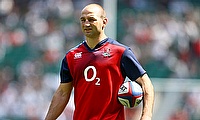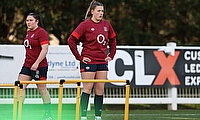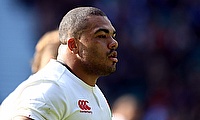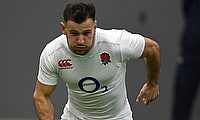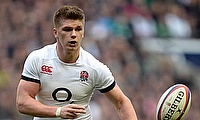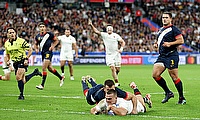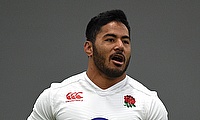English Coaches and their techniques under fire
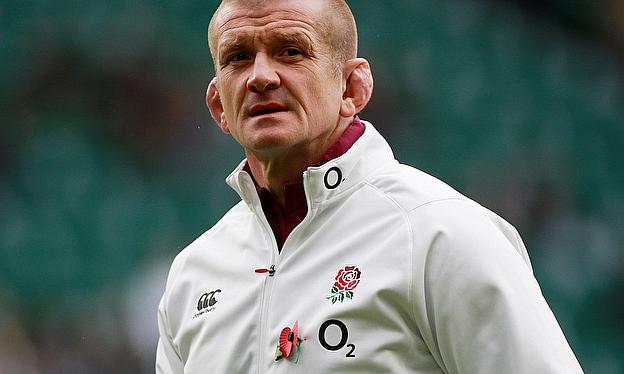
The English coaches have alot to answer for in the next two autumn internationals
©PA
Above: Liam Dunseath Eng vs. SA analysis (video analyst and author of "Tales of the Unknown Rugger")
There’s no doubt that since advent of professionalism in 1995, Rugby Union has developed into one of the most physically demanding and impressive sports on the planet.
Players are bigger and quicker than they have ever been before and these physical developments have helped make the sport compelling to an ever-growing audience.
New Zealand currently set the benchmark in international rugby, as they have done for much of the sport’s history, and though England may match or even exceed them physically, their skill levels fall short, especially in the pivotal moments of matches, when the All Blacks’ calmness and composure shines through. This raises the question of why are England not able to replicate New Zealand’s success in these areas of the game?
With professionalism has come not only improved nutrition and training methods, but also technology. Indeed, researchers from the Department of Health at the University of Bath have recently published a paper looking at the effectiveness of surveillance technology, or at least a perceived over-reliance on said technologies, on monitoring player performance and coaching at the elite level. Their premise is that this leads to players’ creativity being stifled.
From England's last two match against New Zealand and South Africa at Twickenham, it’s hard to disagree too vociferously with that statement. Prior to heavy showers in the final 20 minutes of the game, New Zealand’s offloading, handling skills and running lines were all of a higher quality than England’s. England may have made large strides in those areas in recent years, but they still fall far short of their antipodean rivals.
Jonny Wilkinson made a great point during Sky’s coverage, explaining how Sonny Bill Williams is so effective at what he does. He doesn’t go into contact looking to offload, he goes into it looking to break the tackle. This ultimately results in him breaking more tackles and then having more space to find his support runners. The same is true of most of New Zealand’s players, although obviously to a lesser degree than Williams.
If you watch England, who’ve clearly had the positives of offloading drummed into them and to look for one whenever possible, they can often be seen looking around for potential support runners before they even take contact. Now, not every player can be Sonny Bill, but if England’s players are looking for offloads before they even take contact, how can they be expected to be 100% committed to breaking the tackle? It results in England looking like a pale imitation of the natural, instinctive attacking force that are the All Blacks.
Another area where England (and other nations) struggle is their reliance on monstrous ball carriers. Referencing last weekend’s game at Twickenham again, there were numerous occasions when English carriers targeted the man, rather than the space, when they had ball in hand. If you flatten your man, you create a 15-on-14 attacking opportunity which is great, but how often does a defensive player get completely flattened? It’s rare.
New Zealand on the other hand frequently targeted space, rather than the man, and were able to score tries with consummate ease and retain possession proficiently. In the second half in particular, New Zealand’s game plan and control of territory and possession were in a different league to England’s, thanks in large part to their ability to not only string together phases, but to make significant ground whenever they did. Bearing in mind that England dominated the set-piece, the fact that New Zealand were able to record 60% possession and 69% territory in the second half just goes to show how their higher micro skill levels can influence a match on the macro level.
The goal of creating bigger and faster players is not a bad one; it just needs to be tempered with a bigger focus on technique. Jonah Lomu set the world alight in his frustratingly short playing career, but imagining what he could have become with the latest training regimes and diets is truly breathtaking. The recent ‘Jonah Lomu or Julian Savea’ debate that has seemed to take hold of social media quicker than a Josh Lewsey try in a World Cup semi-final would be null and void, as Lomu would likely be the most feared athlete to not only have partaken in rugby, but perhaps all sport.
Obviously, as sports develop and technology advances to the point it can make tangible positive effects, it would be crazy not to use it. As the researchers from the University of Bath suggest however, it can be dangerous to put too much weight on data-driven analysis.
Structure obviously contributes significantly to any successful team performance, but at the same time, rugby has an inherently unpredictable nature that is completely unlike it’s trans-Atlantic cousins, American football and baseball, two statistically-driven sports which rugby has seemed to be drifting ever closer to. Billy Beane, a former general manager of the Oakland Athletics baseball team, revolutionised his sport with his own unique analytical approach which utilised sabermetrics, rather than the age old ‘eye test’. In a game which stops and starts as much as baseball, this is a valid and often successful way of running a team, but in rugby, with all its many and unpredictable variables, it just doesn’t offer the same return.
The pertinent point from all of this is that skill and attack coaching has to catch up with the strength and conditioning programs, reliance on GPS reports of players’ positions on the pitch and desire to outmuscle opponents that have all leapt forward unhindered, particularly in the northern hemisphere. The All Blacks have struck the balance superbly, which is just one of the many reasons they prove to be so successful, whilst fellow antipodeans Australia also seem to find a good equilibrium, albeit with a lack of stability both on and off the pitch recently that is hampering their search for it at the moment.
English and South African wins over New Zealand in recent years have shown that a power game can prosper, whilst the British and Irish Lions showed something similar in Australia last year, but to ensure continued competiveness and the highest level of performance possible in the future, England need to take a look into rugby’s past.
This is not an indictment of the direction that England are travelling in, who seem to be closing the gap, with much improved age-grade rugby at the forefront of that reduction in disparity, but a cautionary note on the route chosen to get there.


